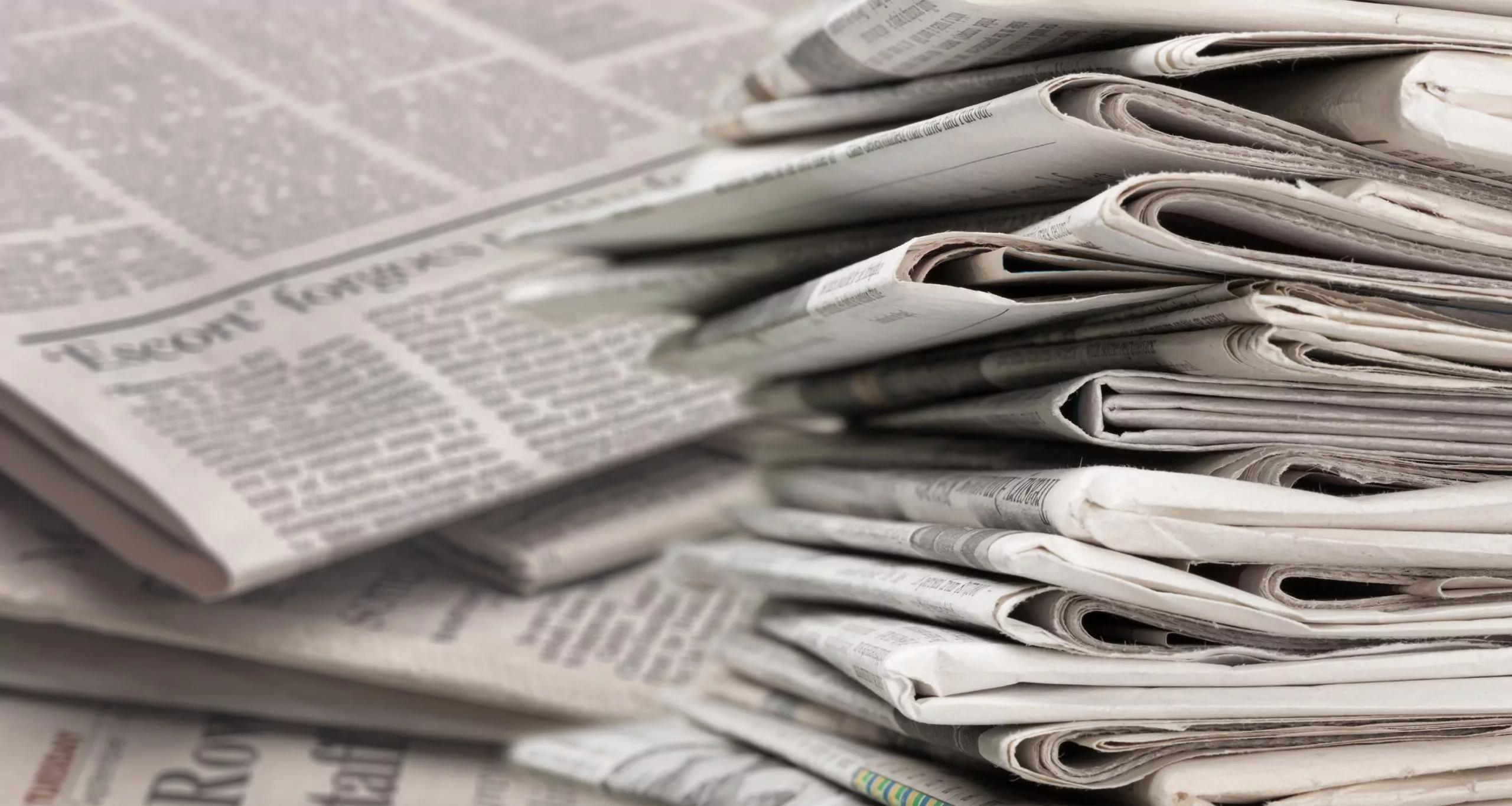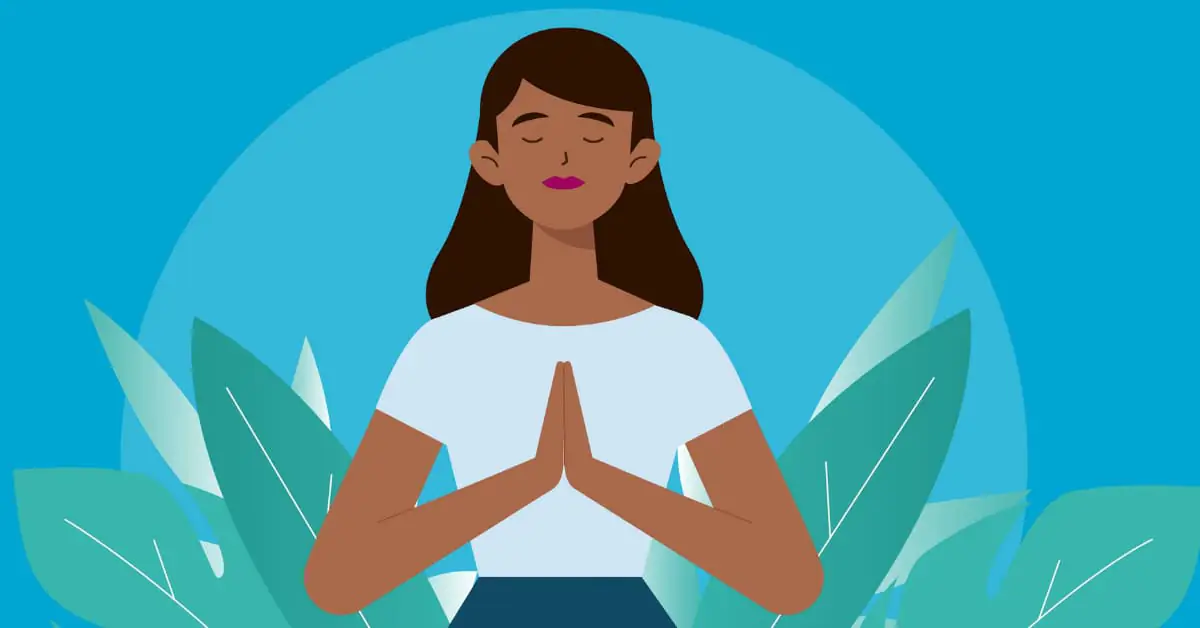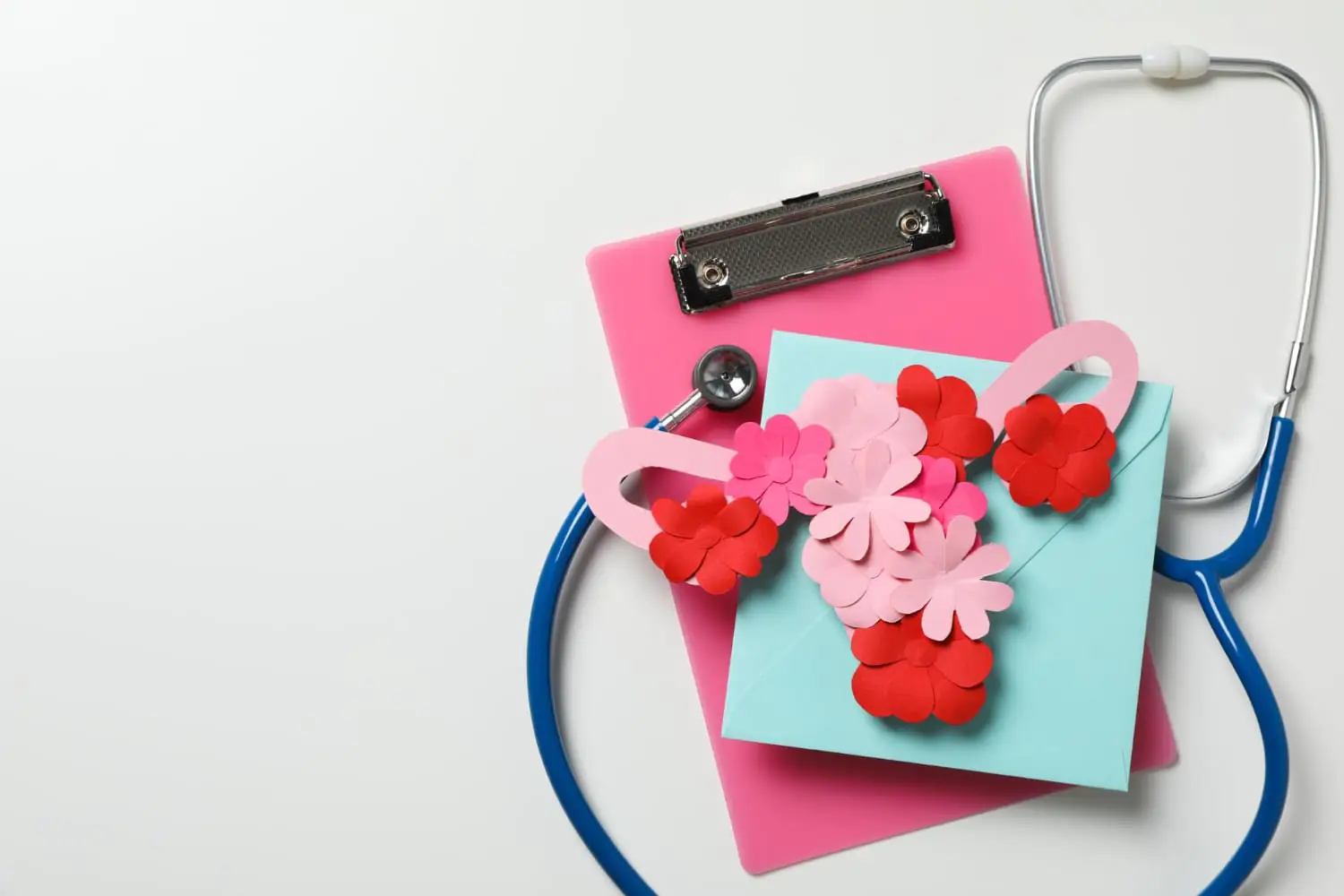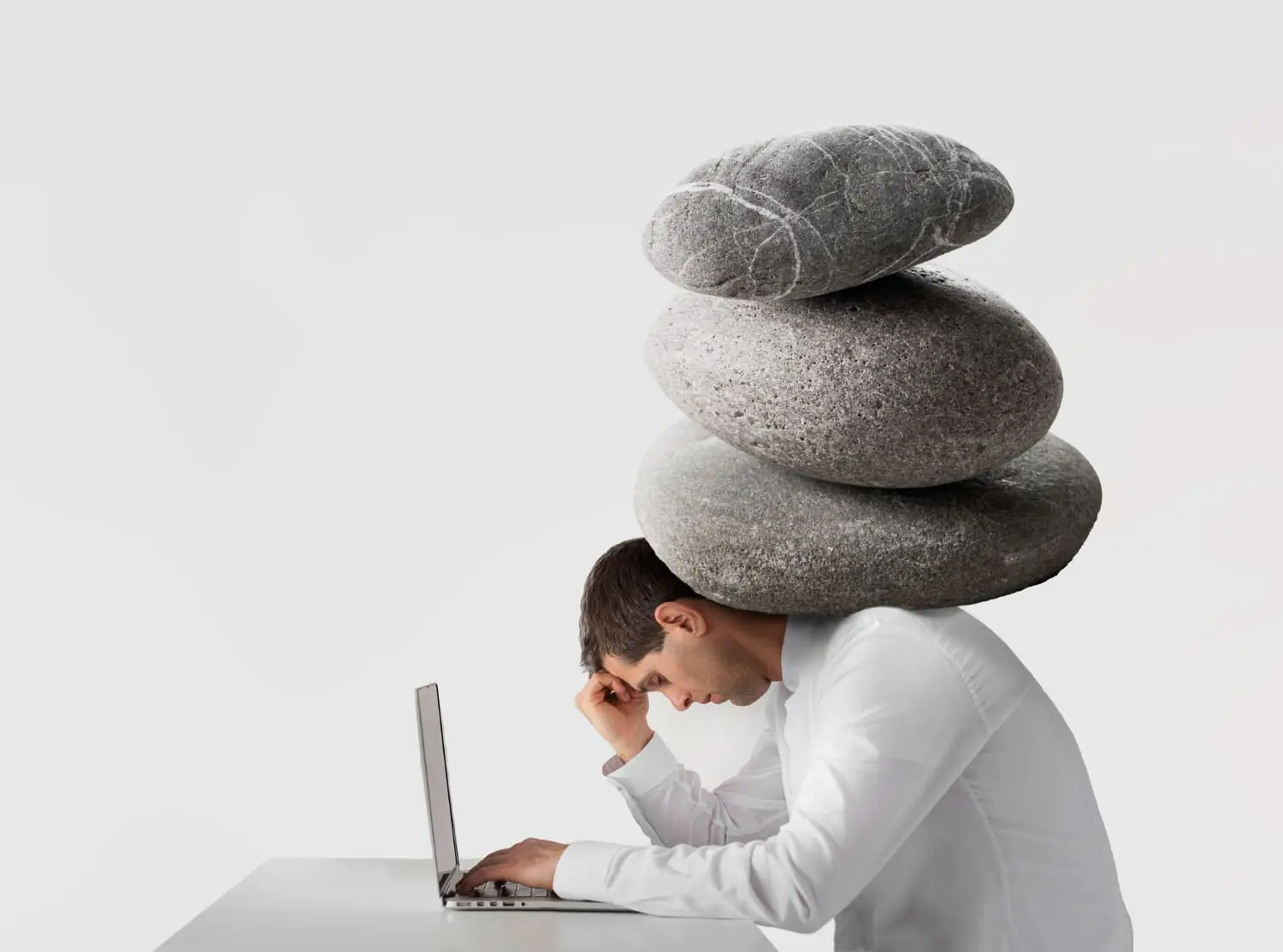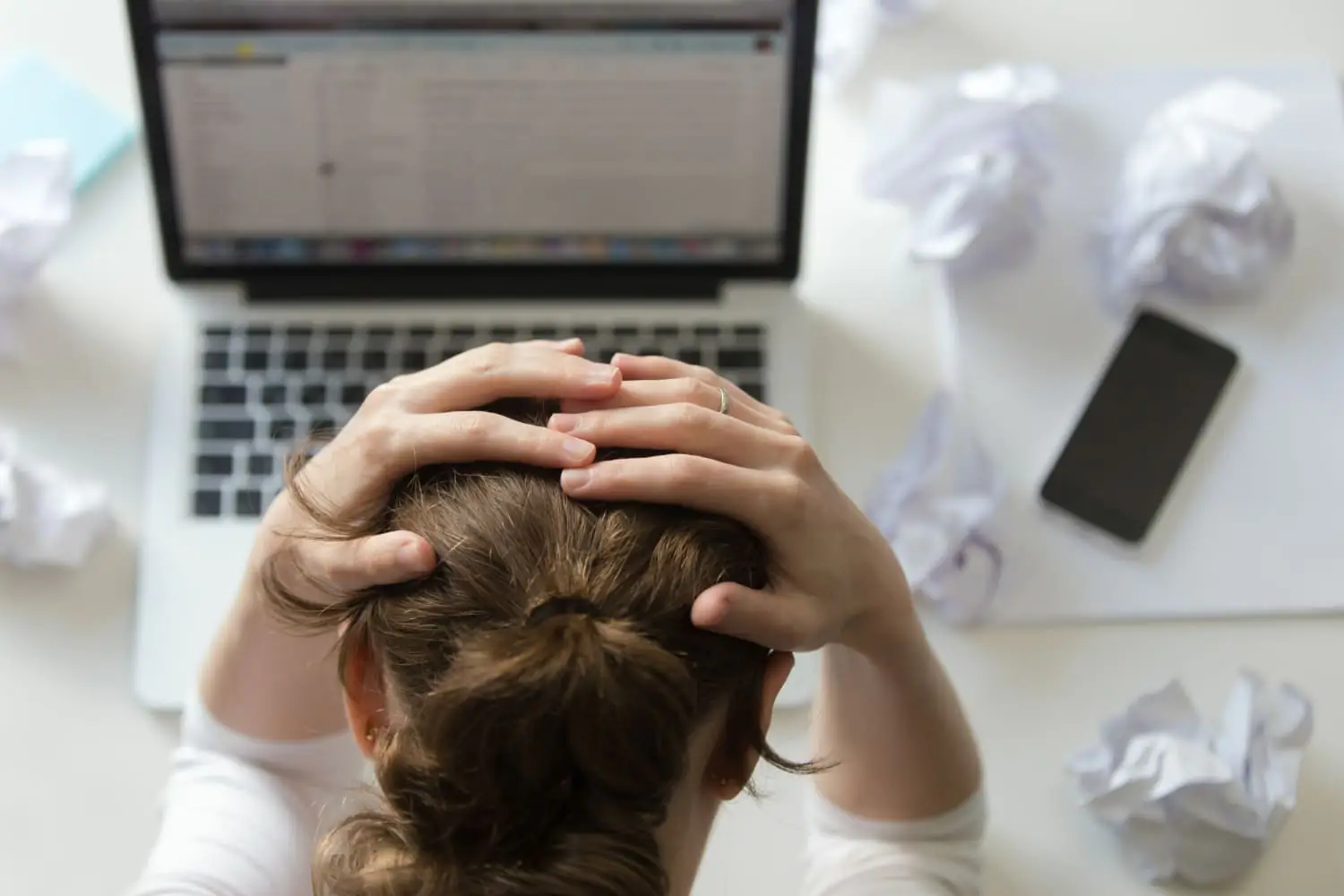Don’t Let Seasonal Depression Make Your Life Difficult
Seasonal transitions occur not only in nature; it can also cause changes in a person’s physical and psychological structure. Especially in winter, the shortening of the days, the decrease in sunlight and the increase in the time people spend indoors negatively affect mental health. This change in mood can lead to seasonal depression, in which the onset and recovery of a depressive episode is linked to seasonal changes. It is very important to treat seasonal depression to prevent it from becoming chronic.
What are the causes of seasonal depression?
The increase in the melatonin hormone and the decrease in serotonin, which are observed to be physiologically related to seasonal changes, negatively affect the mood of the individual. These negative effects increase the risk of seasonal depression, also called seasonal affective disorder.
In which months does seasonal depression occur?
Two subtypes of seasonal affective disorder occur in winter and summer. However, seasonal affective disorder is more common in winter. Winter depression; It starts in autumn and increases its effect in winter. Summer depression, which is rare, begins in late spring and ends in the first months of autumn.
What are the similarities and differences between seasonal affective disorder (seasonal depression) and depression?
Seasonal affective disorder has typical and atypical features of major depression, such as loss of energy, bad mood, and sleep problems. In seasonal depression, unlike normal depression, the onset and recovery of the depressive episode are linked to seasonal transitions, and depression is experienced at the same time for 2 consecutive years.
What are the symptoms of seasonal depression?
Hopelessness, reluctance, feeling worthless, feeling of guilt, sleep disturbance, loss of energy, getting tired easily, increase or decrease in appetite (inclination towards more carbohydrate foods), irritability, pessimism and lack of concentration are the symptoms of seasonal depression. In addition, seasonal affective disorder negatively affects social relationships and working life.
Who usually gets seasonal depression?
Seasonal affective disorder is more common in individuals with a history of depression. Additionally, women are four times more likely to suffer from seasonal depression than men.
How is seasonal depression treated? What are the treatment methods?
In addition to antidepressants and vitamin D supplements, light (phototherapy) and cognitive behavioral therapy are also used in the treatment of seasonal depression.
Cognitive behavioural therapy has a very important place in the treatment of seasonal depression. This method aims to reduce the negative thought channels that reduce the individual’s level of functionality, bring thought processes to a realistic, functional level, and ensure thought change. In addition, scientific research has proven that as people’s awareness increases, their mechanisms to combat depression become stronger, and, in parallel, their daily functionality level increases.
As with all psychiatric diseases, intervention in many areas of the individual’s life is required in the treatment of seasonal depression. Therefore, a holistic approach is important in seasonal depression. This situation is related to the unique and complex structure of human nature.
Is seasonal depression dangerous? What problems occur when left untreated?
Not treating seasonal depression increases the risk of it becoming chronic. Depression is a serious mood disorder. Failure to treat with timely and correct intervention may cause negative consequences.
What are the methods of preventing seasonal depression?
Benefiting from more daylight, healthy nutrition, adequate water consumption, regular sleep, physical exercise and making time for social relationships play an important role in protecting against seasonal depression. In addition, it is very effective to gain healthy thought styles and change thought patterns functionally under the guidance of an expert.
